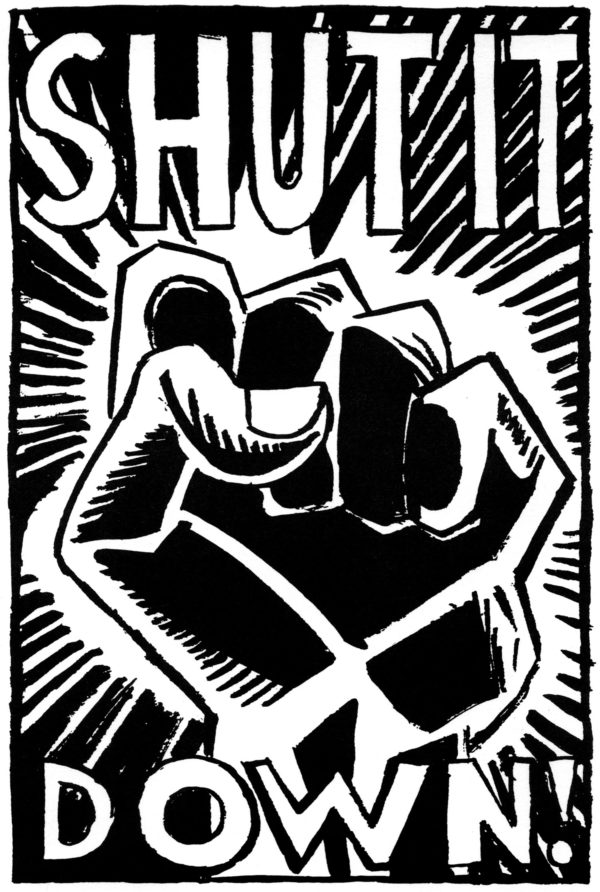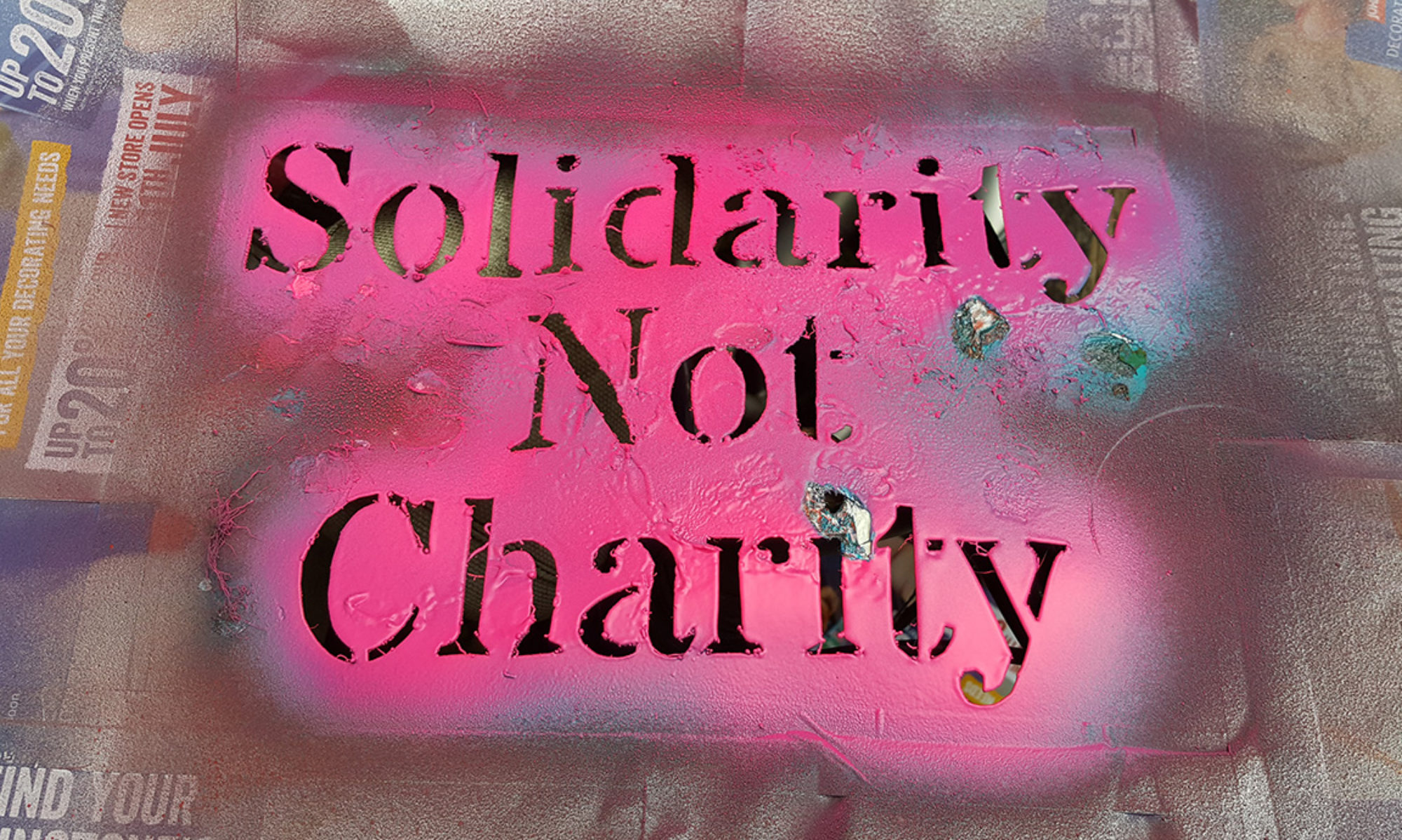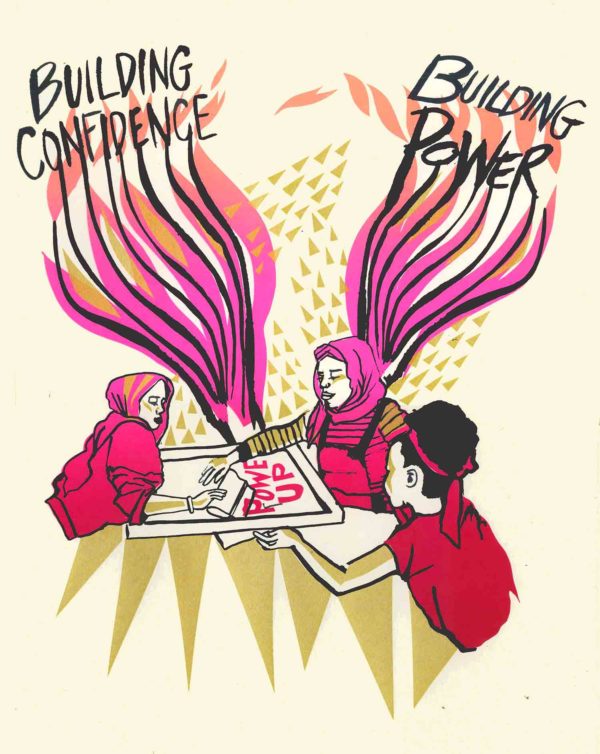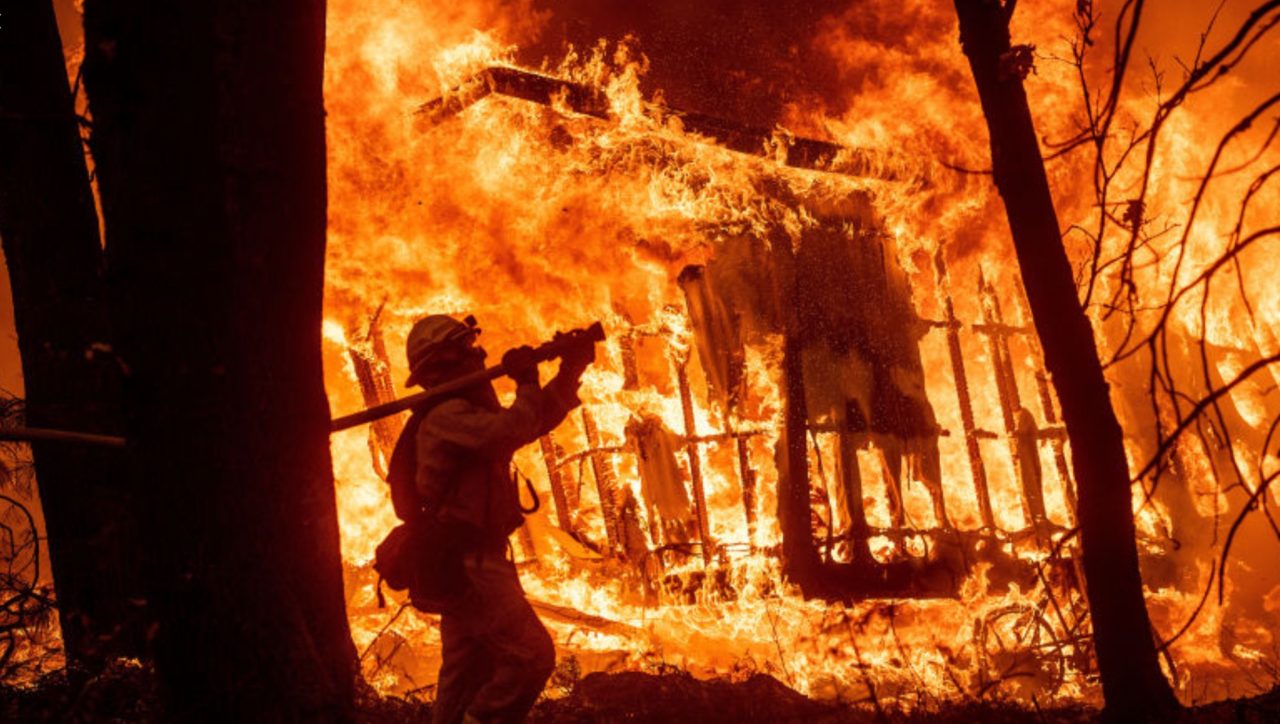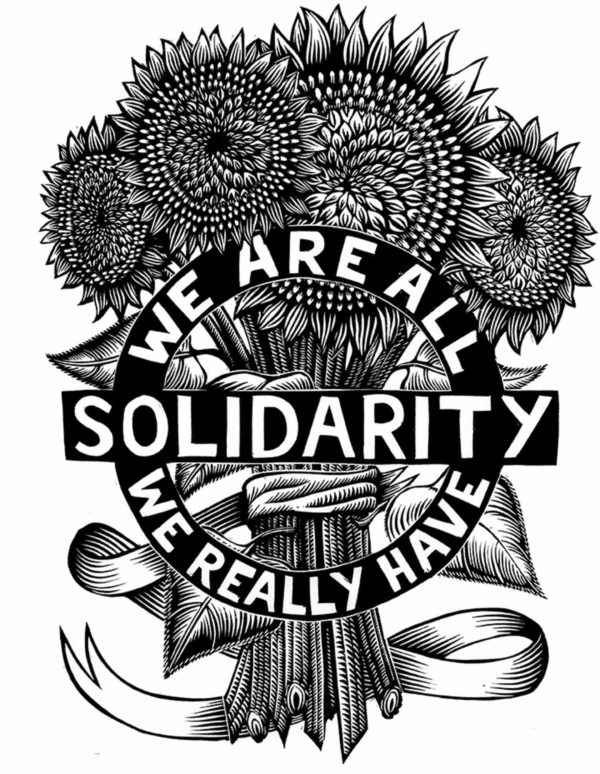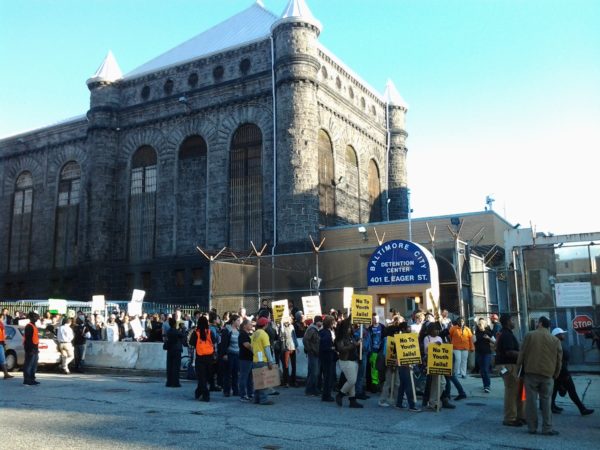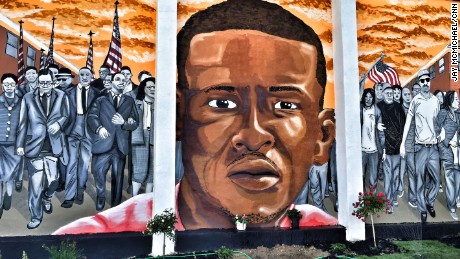I am so moved by the work being done all across the US to bail and bond people out of prisons, jails, and immigration prisons. Here are some resources that were sent to me by brilliant people at the National Bail Fund Network.
Here is a best practices guide for setting up legal defense funds.
Here is an awesome guide for community bail funds in the criminal legal system. And keep your eye out because the National Bail Fund Network has a similar guide coming soon for immigration bond funds in about two weeks!
Here is a directory of community bail and bond funds that are regularly posting bail/bond and organizing for the end of detention in multiple forms across the country.
Here is info on the National Bail Out Collective, which organizes bail out events like the annual Black Mama’s Bail Out day.
Thanks to all the work people are doing to create these important resources for replicating this work!
